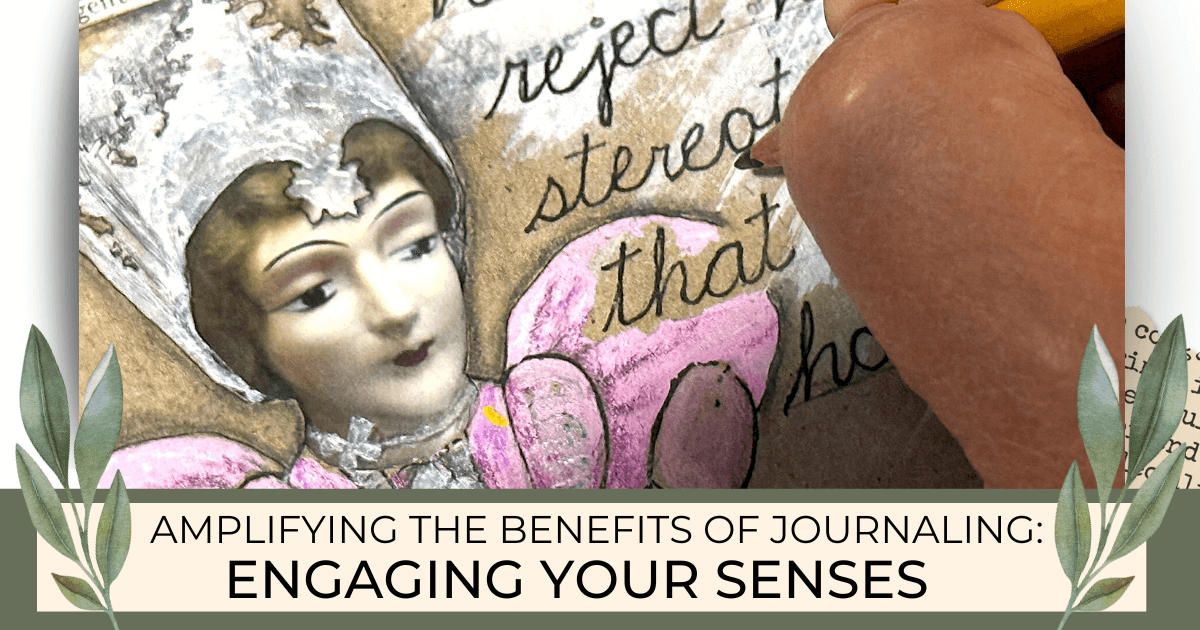
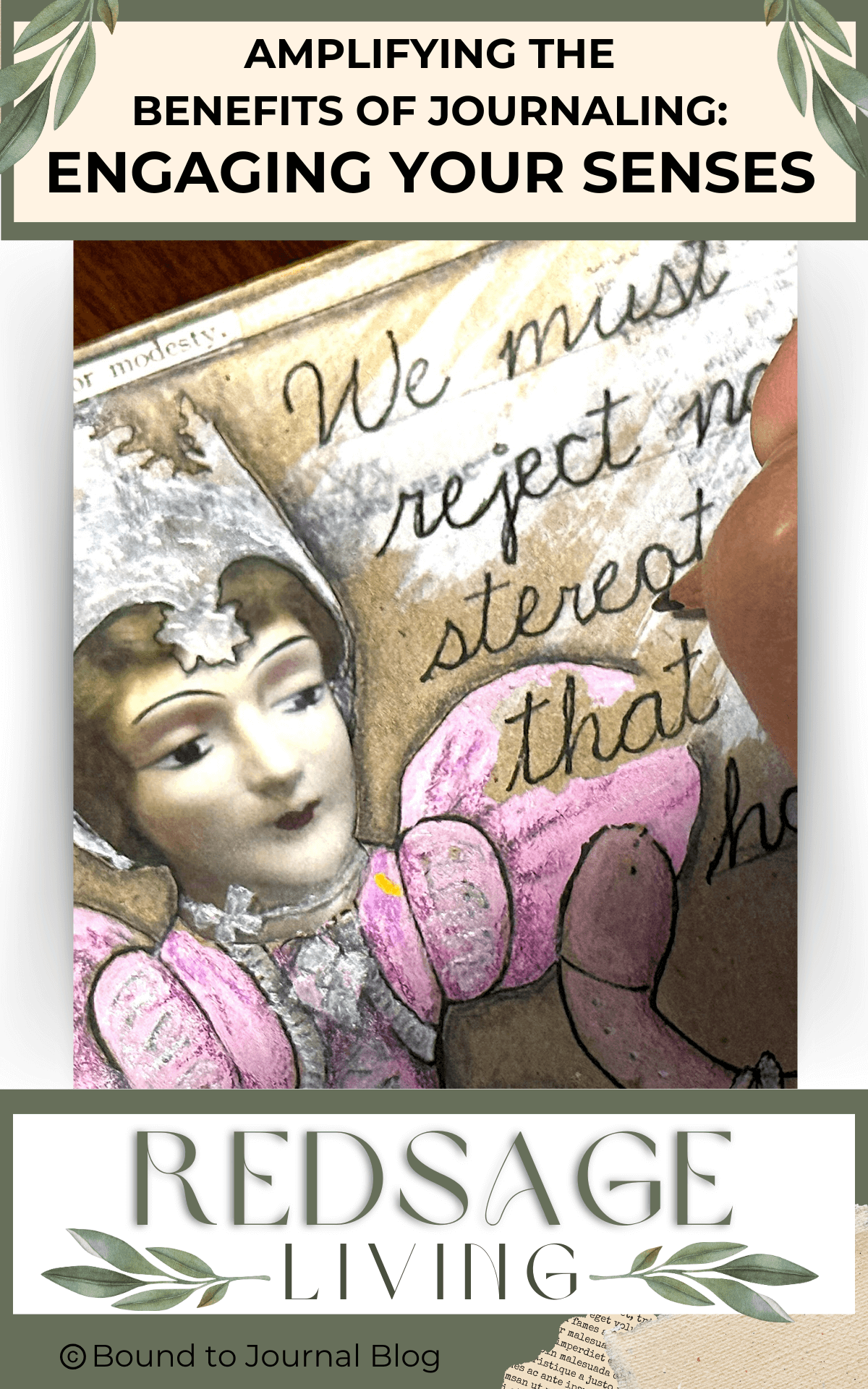 Journaling is more than just putting pen to paper; it’s an immersive experience that engages all your senses and deepens your connection to your thoughts and feelings.
Journaling is more than just putting pen to paper; it’s an immersive experience that engages all your senses and deepens your connection to your thoughts and feelings.
Engaging multiple senses during introspective activities, such as journaling, can enhance emotional regulation and memory retention, creating a more vivid and meaningful experience (Sensory Processing and Emotional Regulation, 2017).
Through my "Letters to Mary" series, I discovered how sensory engagement not only enhanced my creative process but also enriched my emotional awareness. In this article, we’ll explore how to amplify the benefits of journaling by incorporating sensory elements that foster a deeper understanding of yourself.
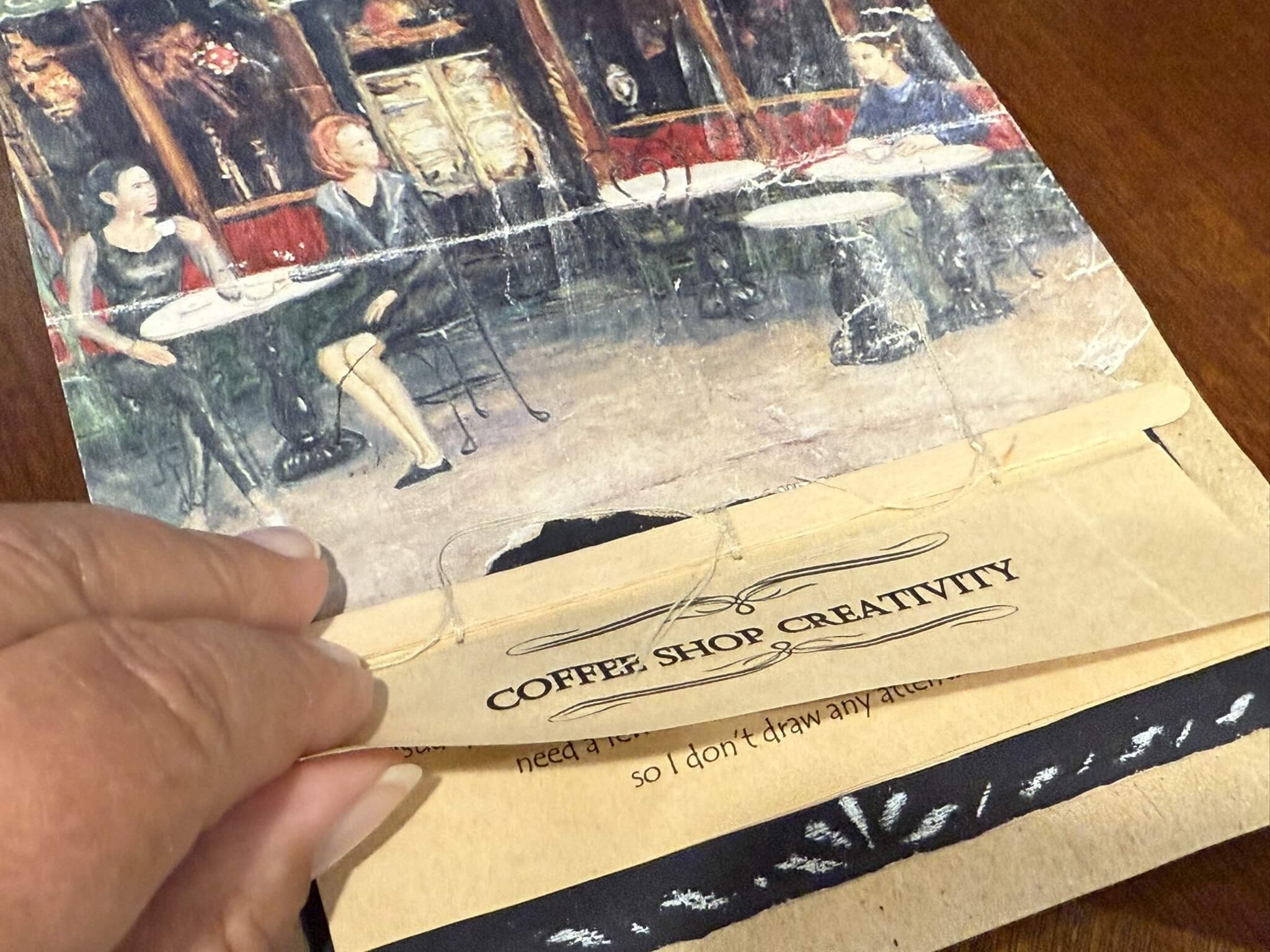
The Power of Sensory Engagement
When we engage our senses, we create a multi-dimensional experience that can lead to greater insights and emotional clarity.
For example, listening to the sounds of nature, such as birds singing or rustling leaves, has been linked to reduced stress levels and increased feelings of well-being (Bratman et al., 2015).
If we incorporate a sensory 'check-in' before beginning any new project, especially one like journaling, we can more easily slip into the state of mindfulness necessary to amplify its benefits. Think about it like reconnecting; you'll shift from where your focus had been -- work, chores, school, multitasking, scheduling, or even sleeping -- to the present moment. You'll regroup and clear your mind to begin a fresh approach to your new journaling focus.
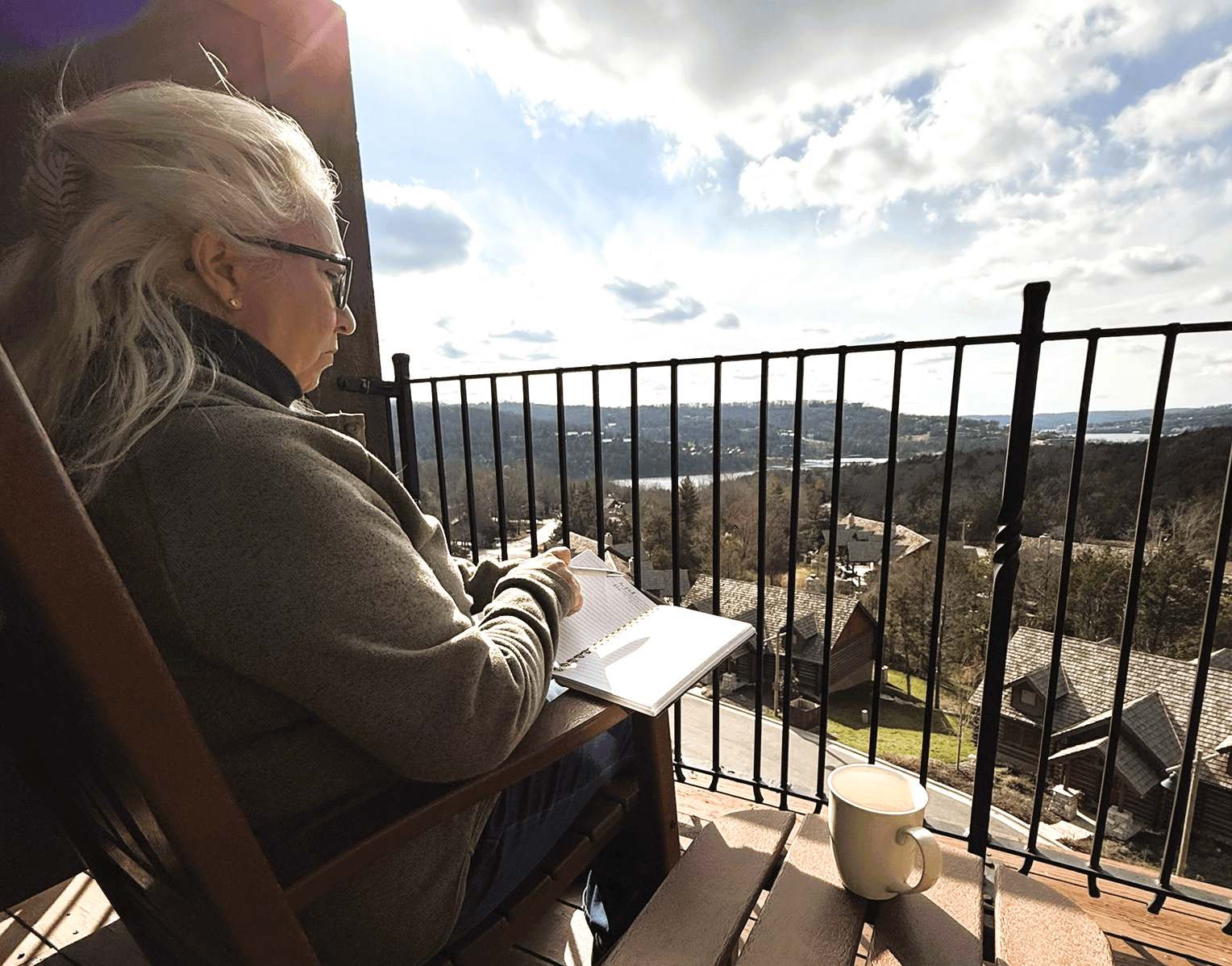
How to prepare for your journaling experience:
We recommend you start by finding a comfortable spot to journal. Usually, this location is a place where you feel physically and mentally relaxed and free from unnecessary distractions. However, depending on the type of journaling you're doing, you might feel more inspired in an authentic, healthy mix of energy. A good example is journaling on location at an outdoor event or while sitting in the corner of a bustling coffee shop. Your senses stir just at the thought of the sounds around you, the aroma of brewing coffee, and the taste of your favorite treat.
Other ways to maximize your experience would include:
- your favorite writing tool(s)
- a journal or two that you love
- and some connection to nature, whether that's sitting by a window enjoying the natural light, special lighting, or journaling in an outdoor setting. An alternative could be sitting near house plants. Spending time in nature and engaging our senses—such as the sound of birds or the scent of fresh air—can boost our mood and foster feelings of renewal (Bratman et al., 2015). Take a minute and check out our post, "How House Plants Can Enhance Your Journaling Experience."
Before you begin writing, take a moment to sit quietly, eyes open or closed, and silently acknowledge each of your senses. What do you see, hear, feel, smell, and taste? You'll start to feel a shift away from where you were in your day and into the present moment.
Engaging your senses this way can help anchor you in mindfulness, which has been shown to reduce anxiety and improve mental clarity (Keng, Smoski, & Robins, 2011).
This is a practice that some like to use as their first journal entry for the day. They record each of the senses they experienced and the thoughts that darted through their mind as they shifted into a state of mindfulness. The more you engage in this reconnecting practice, the faster you will make that shift into whatever activity you have ahead of you.
While you're identifying your senses, your thoughts are more authentically descriptive. Words will flow more freely, images will appear more clearly, and your creative ideas for content, designs, and journaling options will expansively unfold.
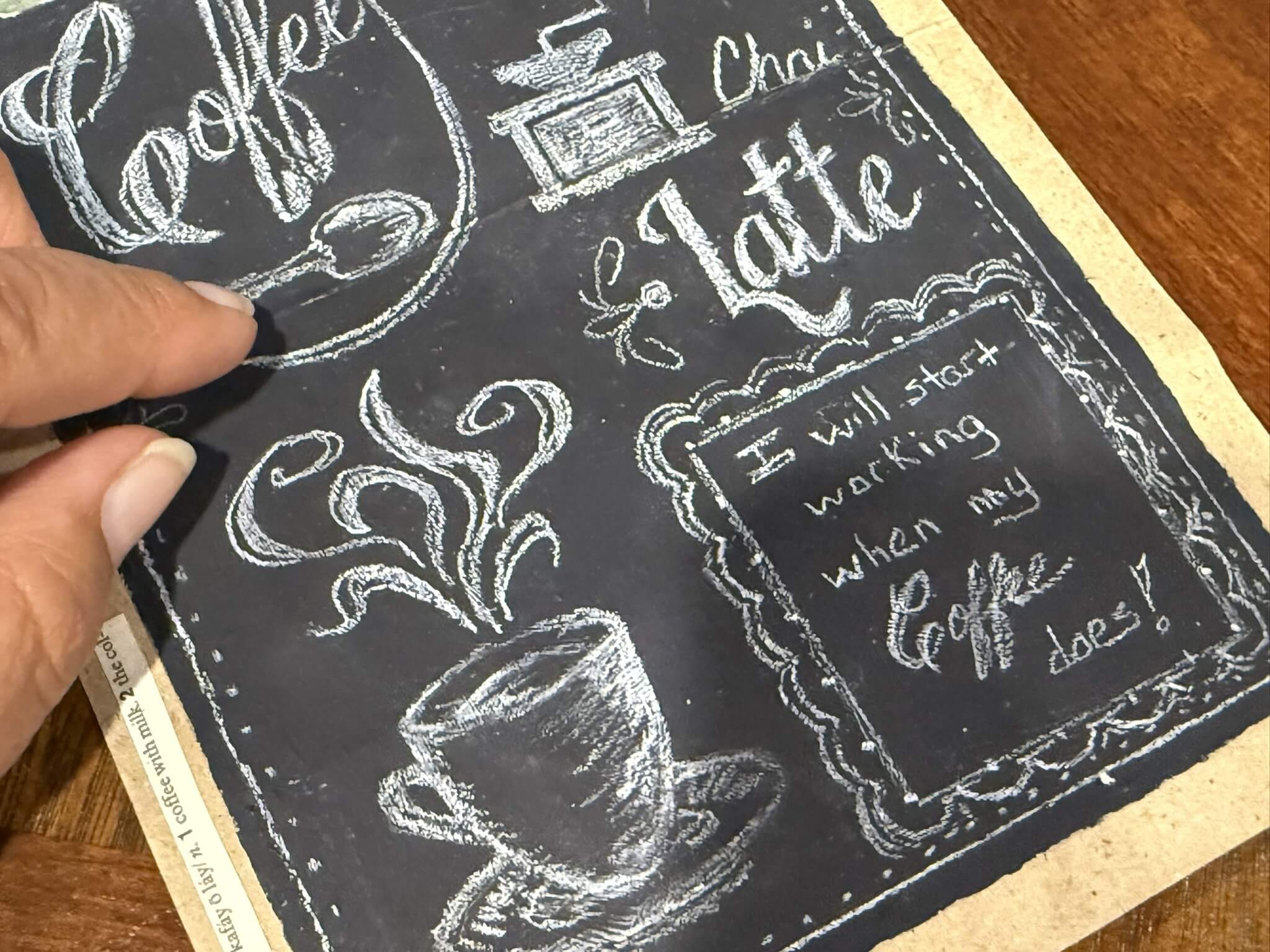
Here are some ways to incorporate sensory engagement into your journaling practice:
1. What do you See?
Use vibrant colors and textures in your journal.
In my letters to Mary, I often experimented with mixed media, layering different materials to create visual depth. This approach allowed my letters to become more than just words; they transformed into immersive experiences that conveyed emotion and meaning.
This might mean stretching out of your comfort zone and using a medium or technique that isn't your usual go-to method. Experiment. Perhaps this is an opportunity for you to utilize your least favorite color in a way that challenges your thinking.
Color and visual variety can evoke different moods—bright colors might energize your writing, while softer hues can promote calmness (Koller & Faber, 2017). This is where your journal can become a sampler of sorts. This is your space to experiment with different lettering techniques or explore your artistic options. If this isn't your comfort area, start by attaching an image and responding to the subject.
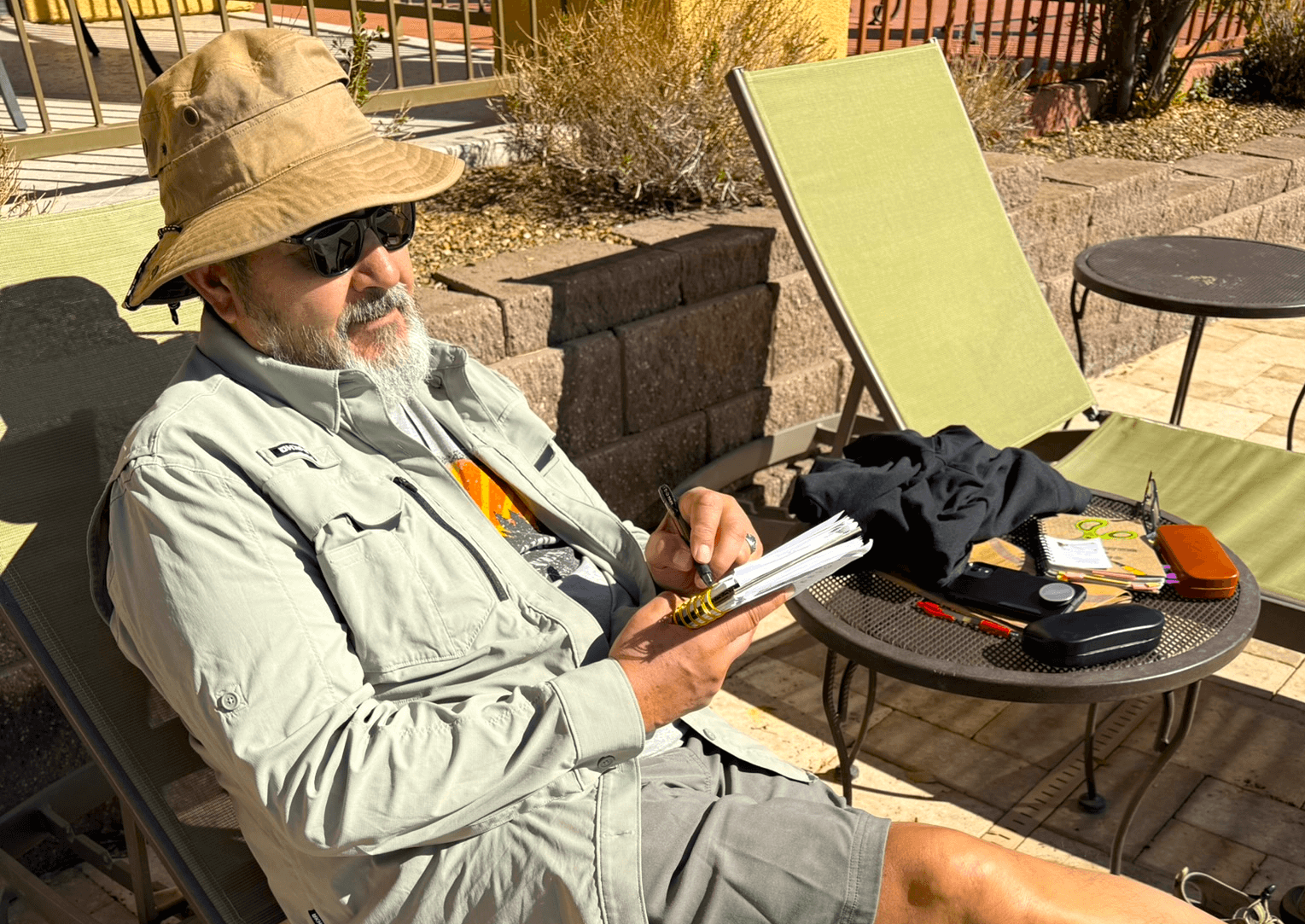
2. What do you Hear:
Create a calming atmosphere by playing soft music or nature sounds while you journal.
Sound can influence your mood and help you focus. Consider keeping a playlist of songs that inspire you or evoke specific feelings. Research indicates that natural sounds, such as flowing water or birdsong, can enhance concentration and emotional balance (Annerstedt & Jönsson, 2011). I found that the right background music often sparked new ideas and stirred memories, allowing me to dive deeper into my thoughts.
For example, there's a genre that reminds me of my parents, one that reminds me of growing up, one that reminds me of a girlfriend road trip, etc. The sound of birds singing or water flowing can transport you mentally to a peaceful outdoor setting, fostering relaxation and creativity. As you begin to see a journaling page theme or develop your personal journaling style, your music preferences will emerge.
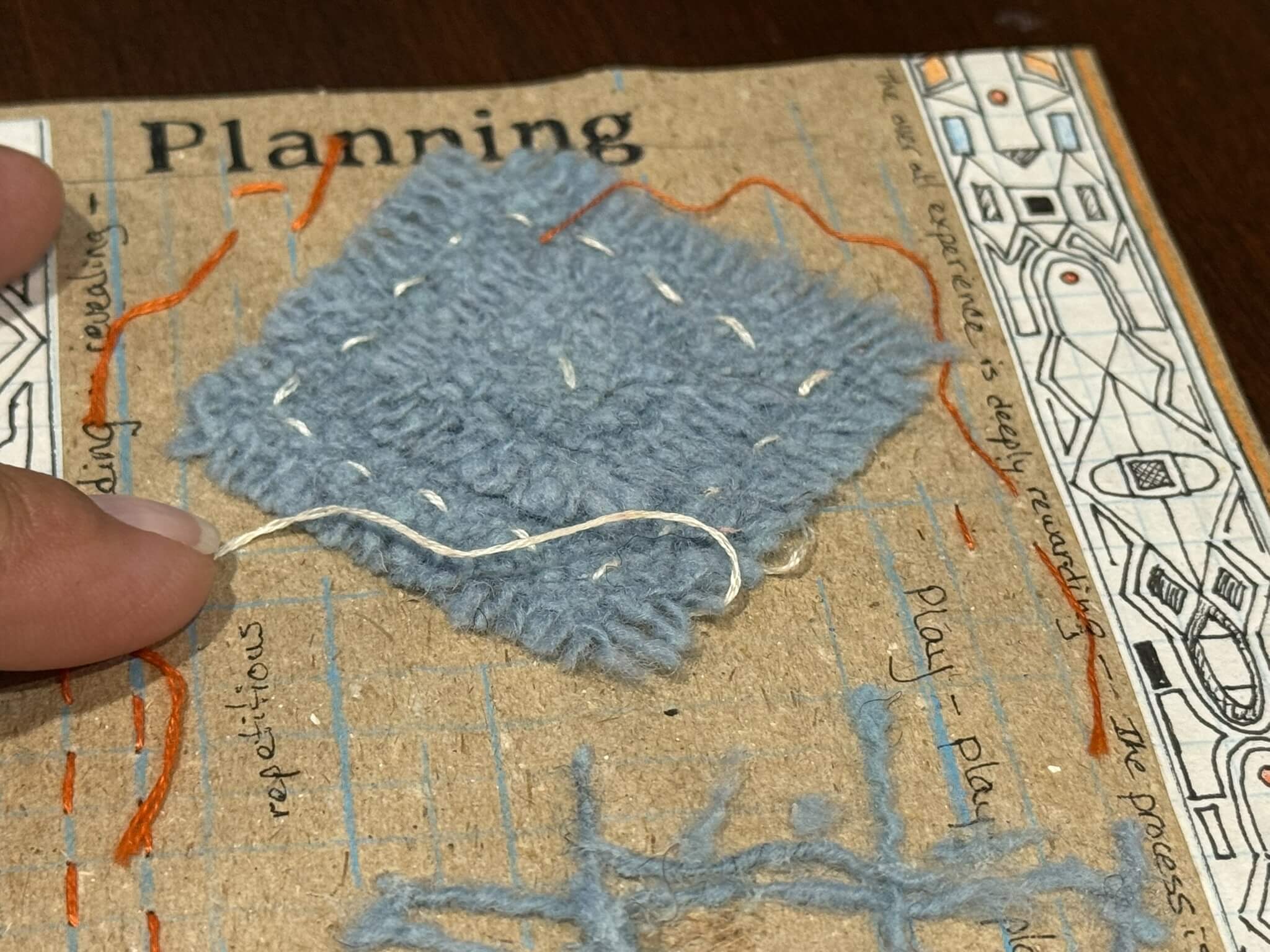
3. How does it Feel:
Do you have a favorite pen or pencil you like to use? What is it that draws you to that tool? Have you ever added something to your journal page that had a unique texture? Maybe a glossy magazine page, an old photo, the smooth waxy surface of colored pencils, a woven piece of fabric, a piece of thin bark, or the rough texture from gluing sand or sandpaper to your page are all options I like.
Touch is closely linked to memory and emotion; experiencing different textures can evoke distinct feelings and stimulate creativity (Miller & Saling, 2013).
There's also implied texture. That's when your lines or marks on the page appear to be different textures without actually feeling it, like drawing a jagged line without it actually being sharp.
Pay attention to the physical sensations of writing. How does your pen or pencil move across the paper? Notice the texture of the paper, the weight of the pen, and the rhythm of your writing. The texture of your paper can make a difference in how your pen or pencil flows, enhancing your connection to the words you're writing. When the texture of your paper and writing tool work together smoothly, they allow your thoughts to flow smoothly.
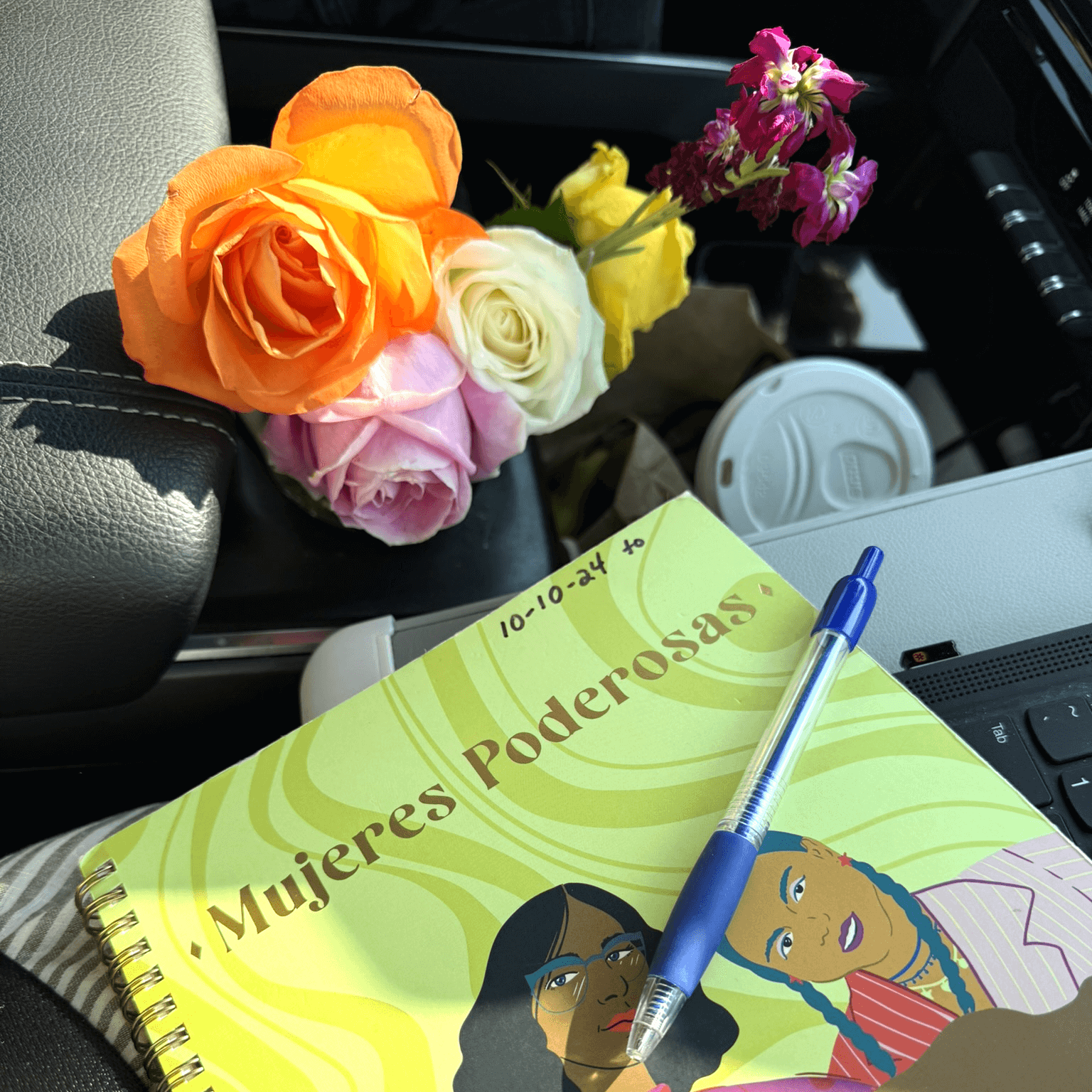
4. What do you Smell:
When was the last time you sat with the scent of crayons? How about glue? Does it bring back memories of elementary school?
Aromatherapy can significantly impact your emotional state. Do you have memories directly connected to the scent of someone's perfume or the aroma of holiday baking?
This is another benefit of working outdoors in nature. If that's not an option, consider fresh flowers or diffusing essential oils. Scents like lavender can reduce stress, while Citrus Fresh scents can boost alertness (Moss et al., 2010). Aromas can create a conducive environment for reflection and writing, making your journaling practice more enjoyable and effective.
Like the example of the coffee house earlier in this post, certain aromas trigger recall, focus, help you feel more confident, energized, or peaceful and calm. As you begin to identify aromas that resonate with you, be sure to record them in your journal. Before long, you'll have a list of scents ready to support you, whatever your journaling project may be.

5. What do you Taste:
Savoring small pleasures like taste can ground you in the present, enhancing mindfulness and emotional regulation (Kaufman & Gregoire, 2015).
Picture that refreshing cold water with fruit slices, cucumber, or mint waiting for you on a warm spa day or your favorite warm beverage on a chilly winter morning! If your journaling time coincides with a calm breakfast, snack, or me-time event, what tasty treat do you think of to nourish you? Savoring these small pleasures can ground you and enhance your overall experience. You might even jot down your thoughts about the flavors and how they relate to your current mood or reflections.
Sometimes, simply associating certain tastes with positive feelings can deepen your journaling experience. Think of your favorite food snacks. When you think of them, can you imagine the taste and smell? How can you use that to help you with your journaling?
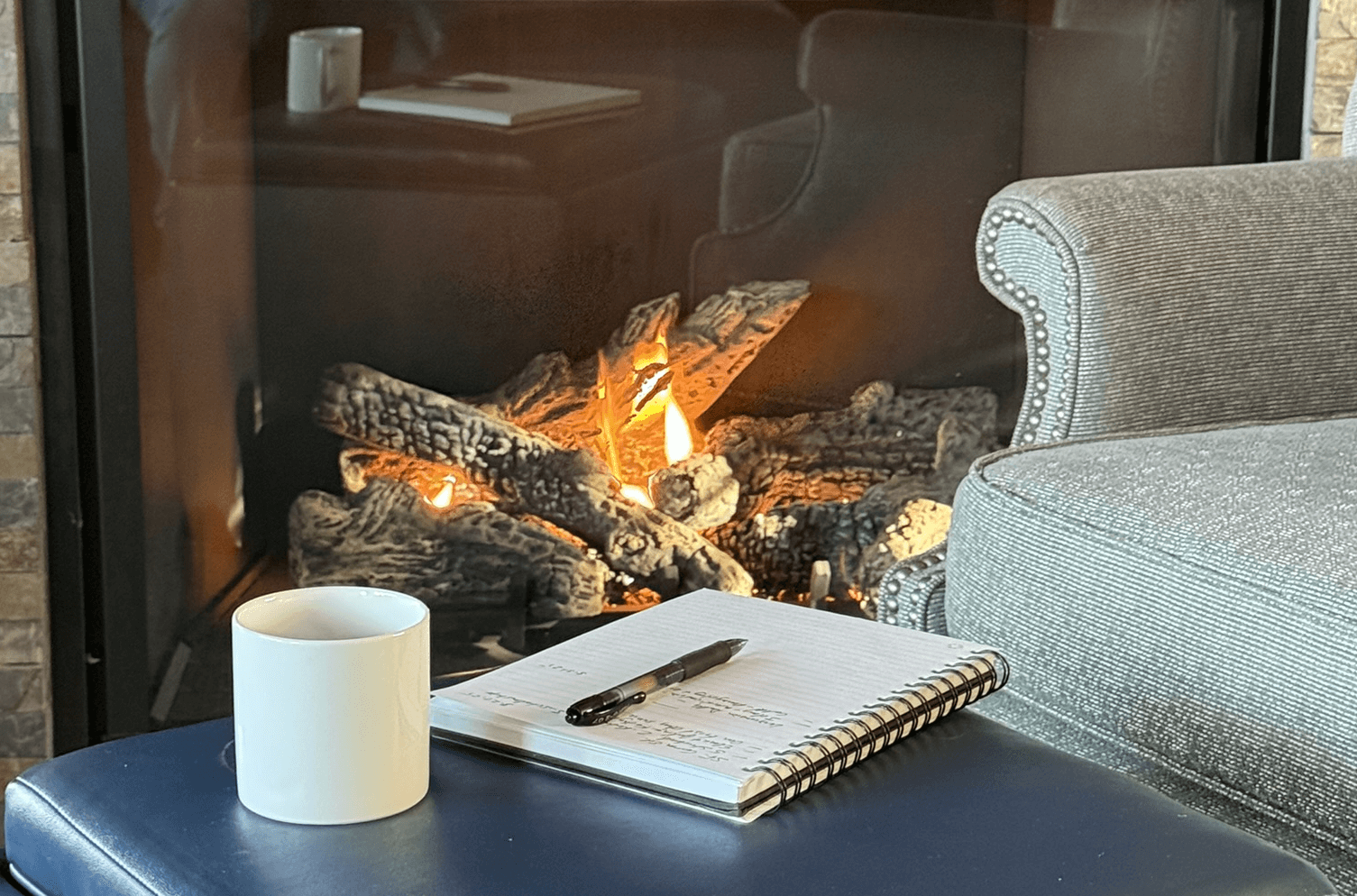
Integrating Sensory Elements into Your Journaling Practice
To get started, set aside time in a comfortable, inspiring space. Gather your journaling supplies and choose sensory elements that resonate with you.
Consider the following prompts to guide your sensory journaling experience:
- What colors evoke your current emotions, and how can you express that in your journal?
- How does the music you’re listening to influence your thoughts as you write?
- Explore a memory associated with a particular scent or taste and write about how it makes you feel.
Engaging your senses can help you feel more connected to your environment and deepen your self-awareness, much like how a walk in nature, with all its sights, sounds, and smells, can refresh your mind (Kaplan & Kaplan, 1989).
By engaging your senses, you can deepen your journaling practice, fostering greater self-awareness and emotional clarity. Journaling becomes not just a task but an enriching experience that resonates throughout your day.
We invite you to dig a little deeper into the world of journaling with fun and simple ways to amplify the benefits.
Here are a few of our other blog posts you'd like:


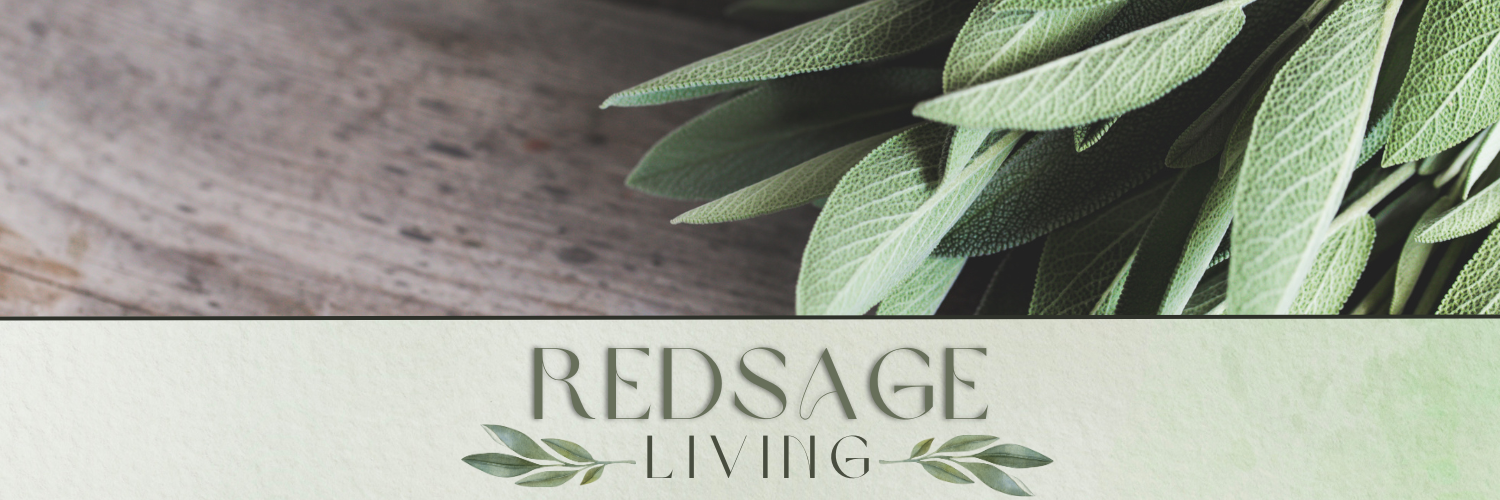
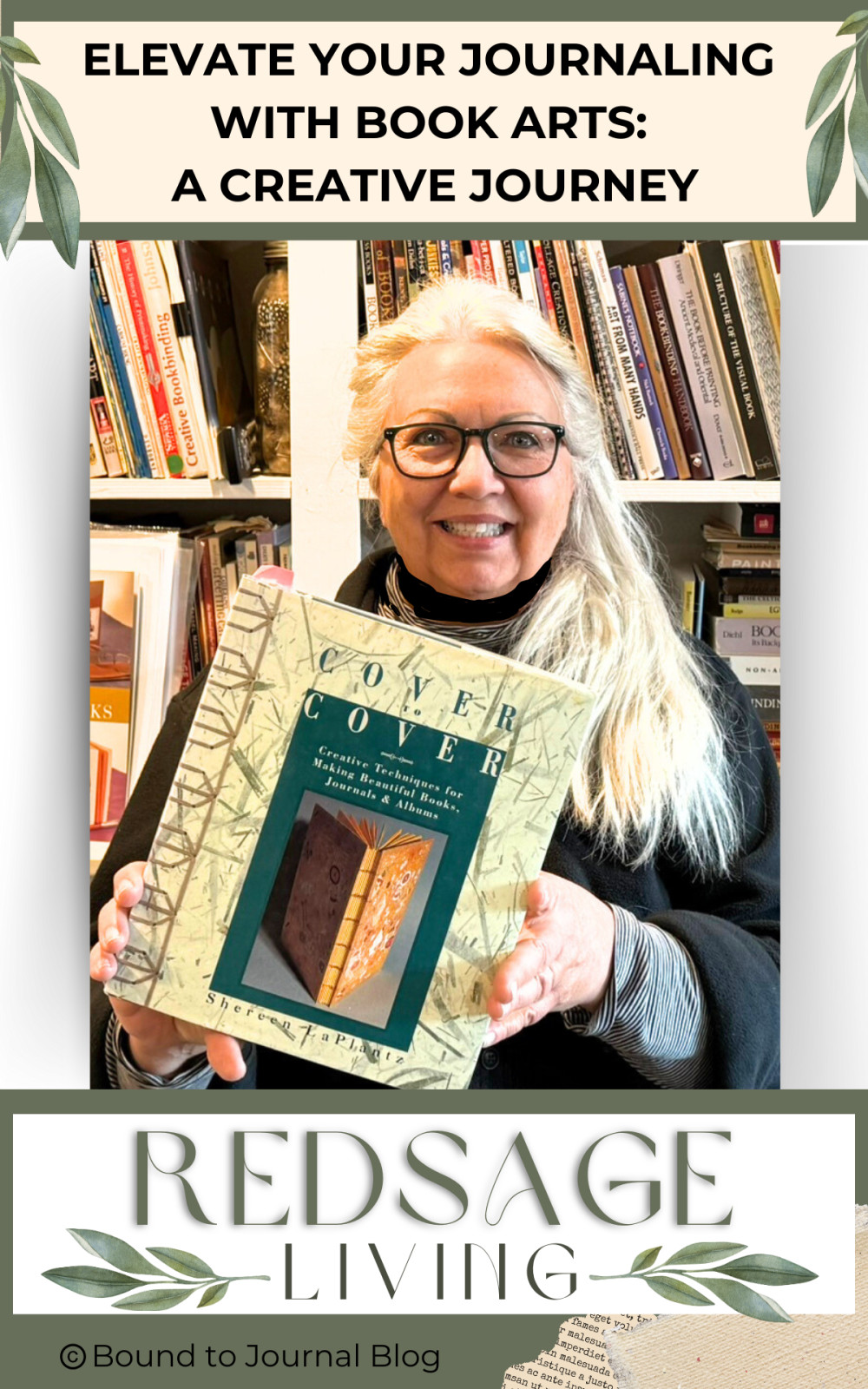

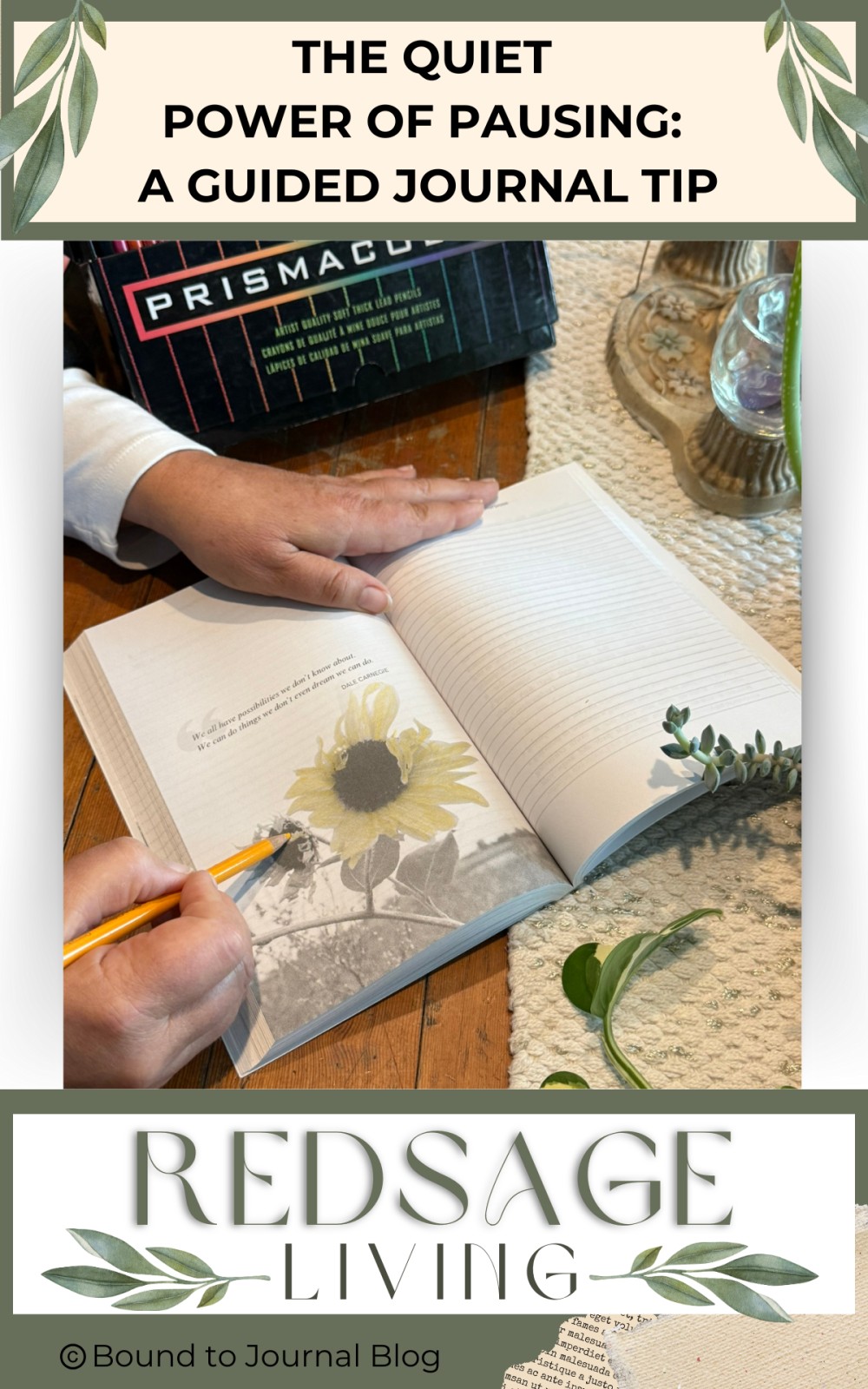




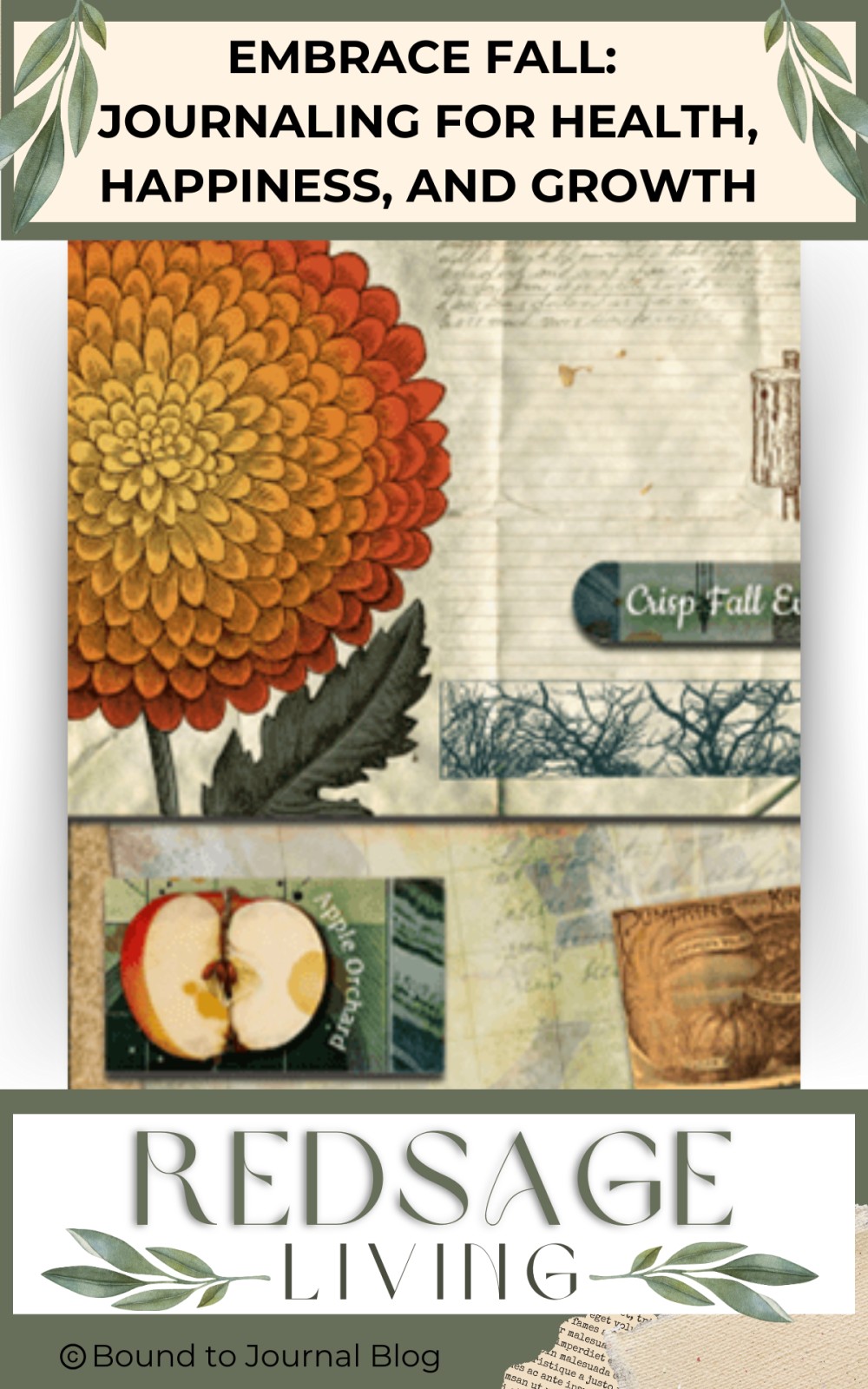
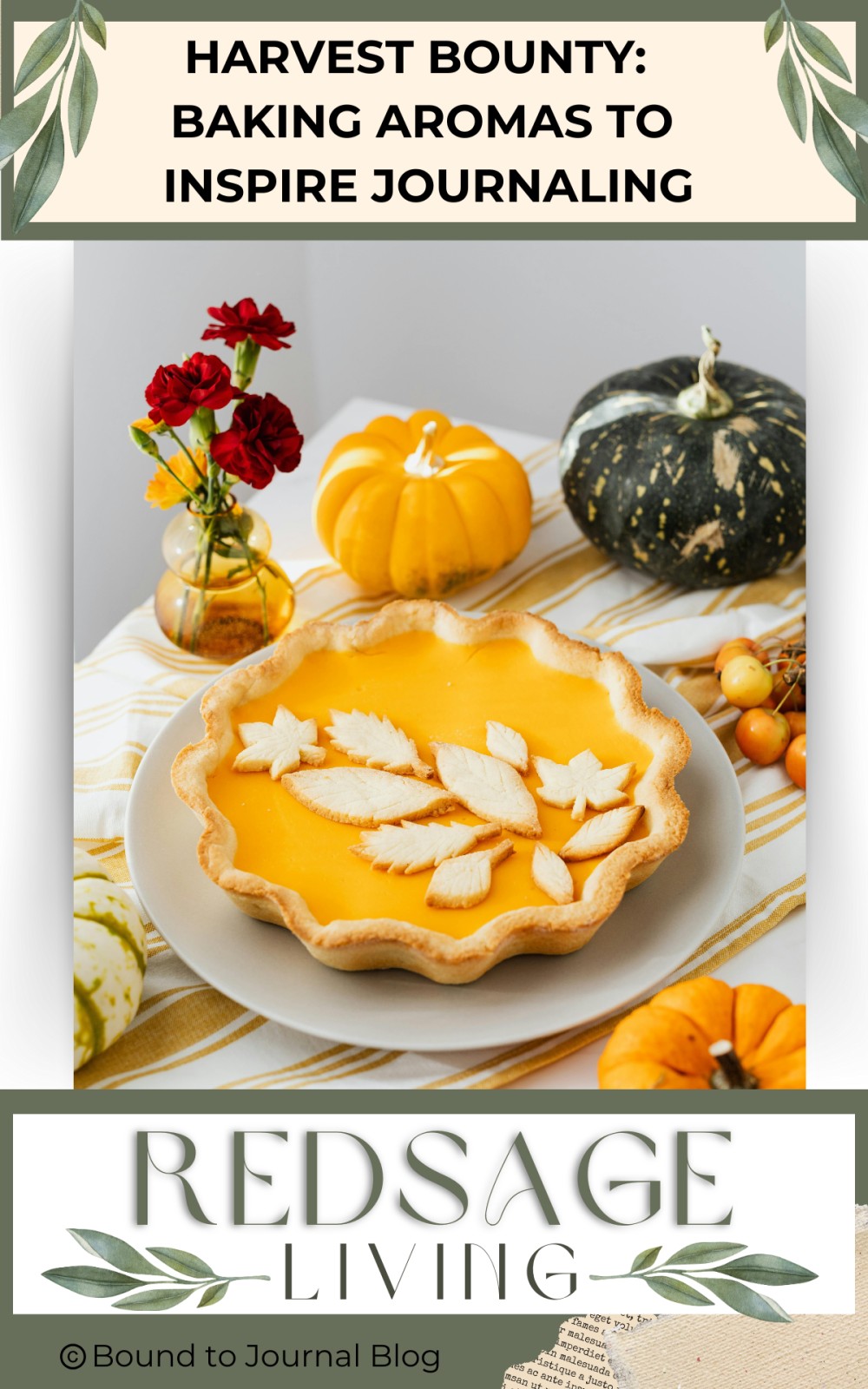
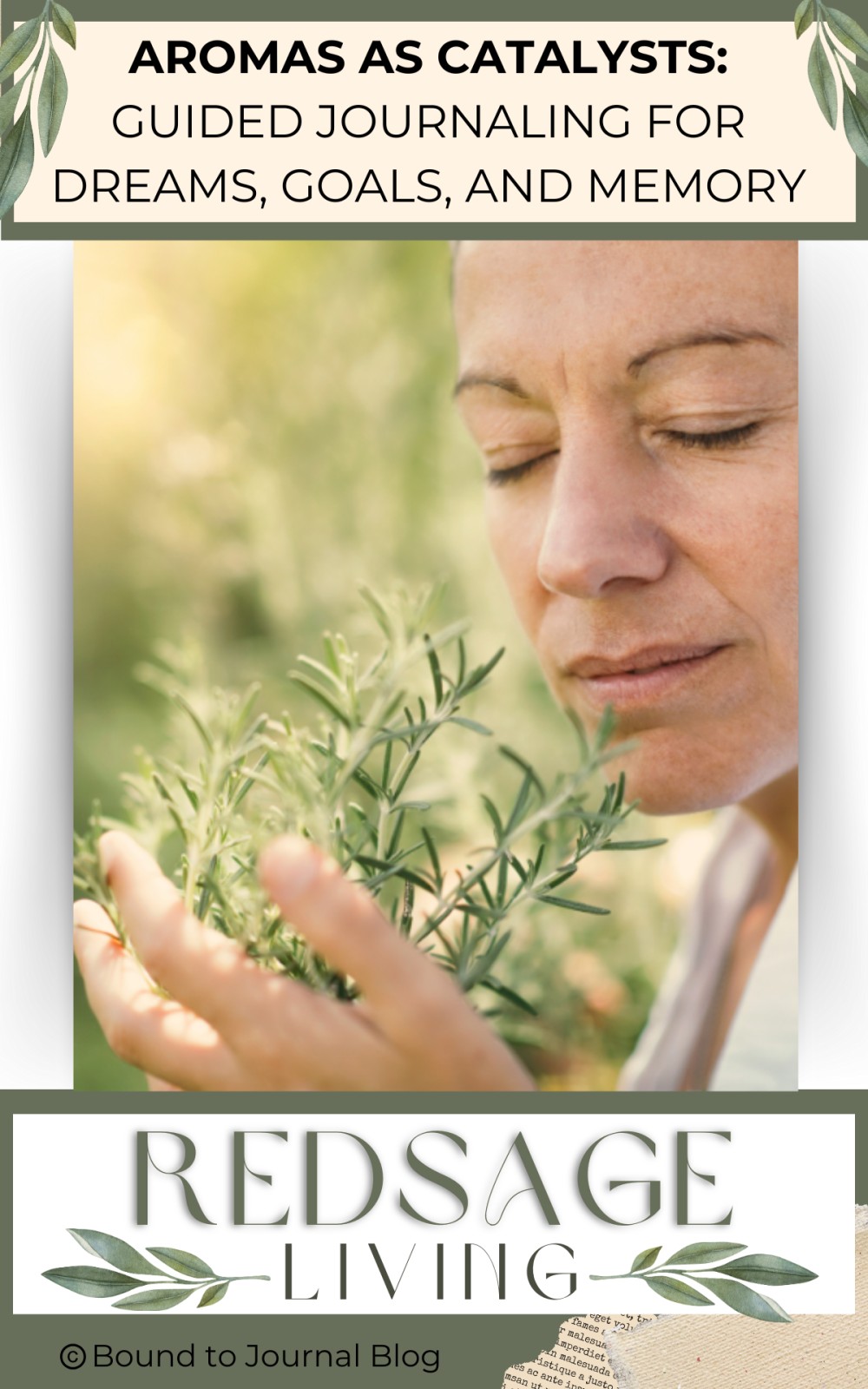

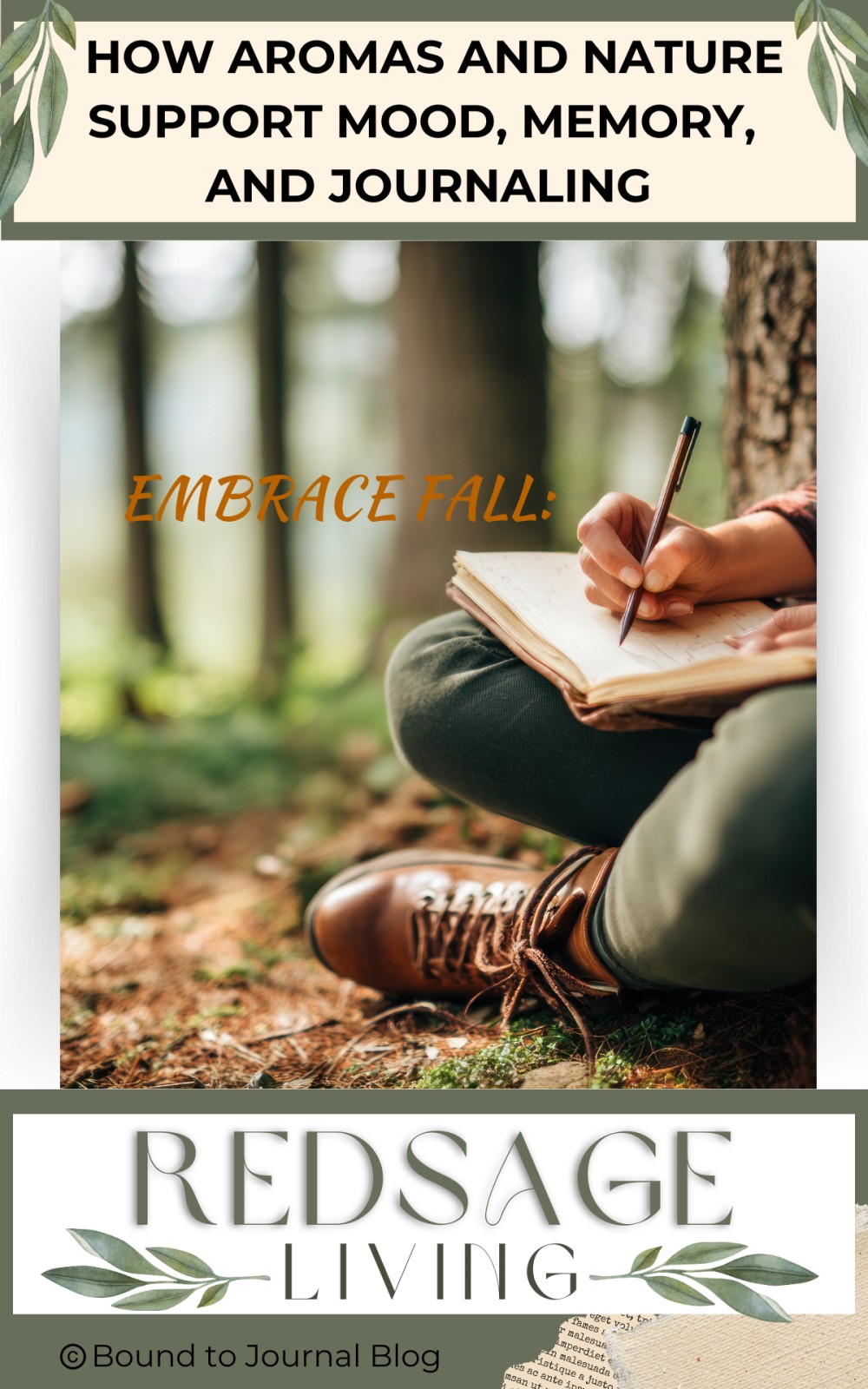

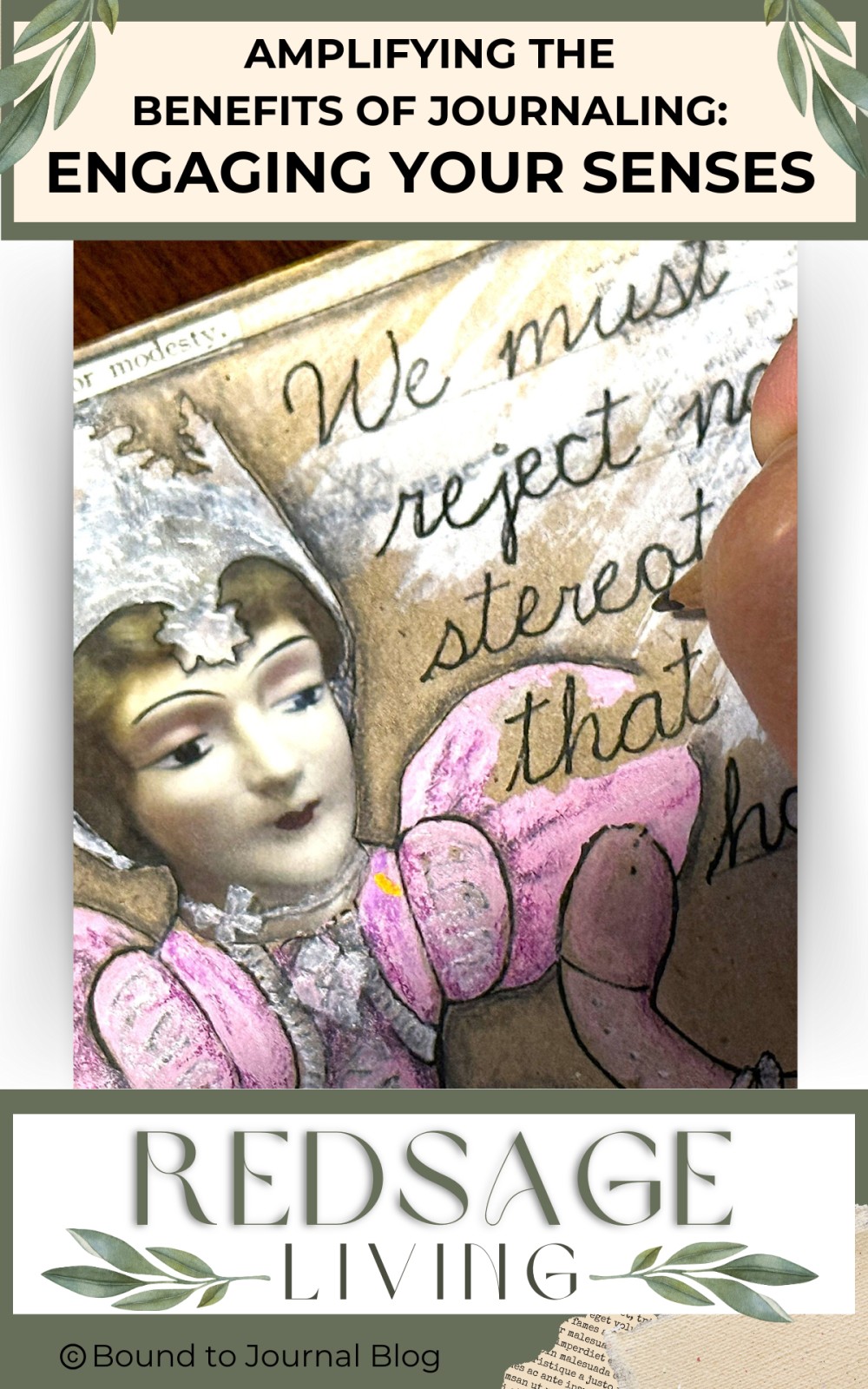

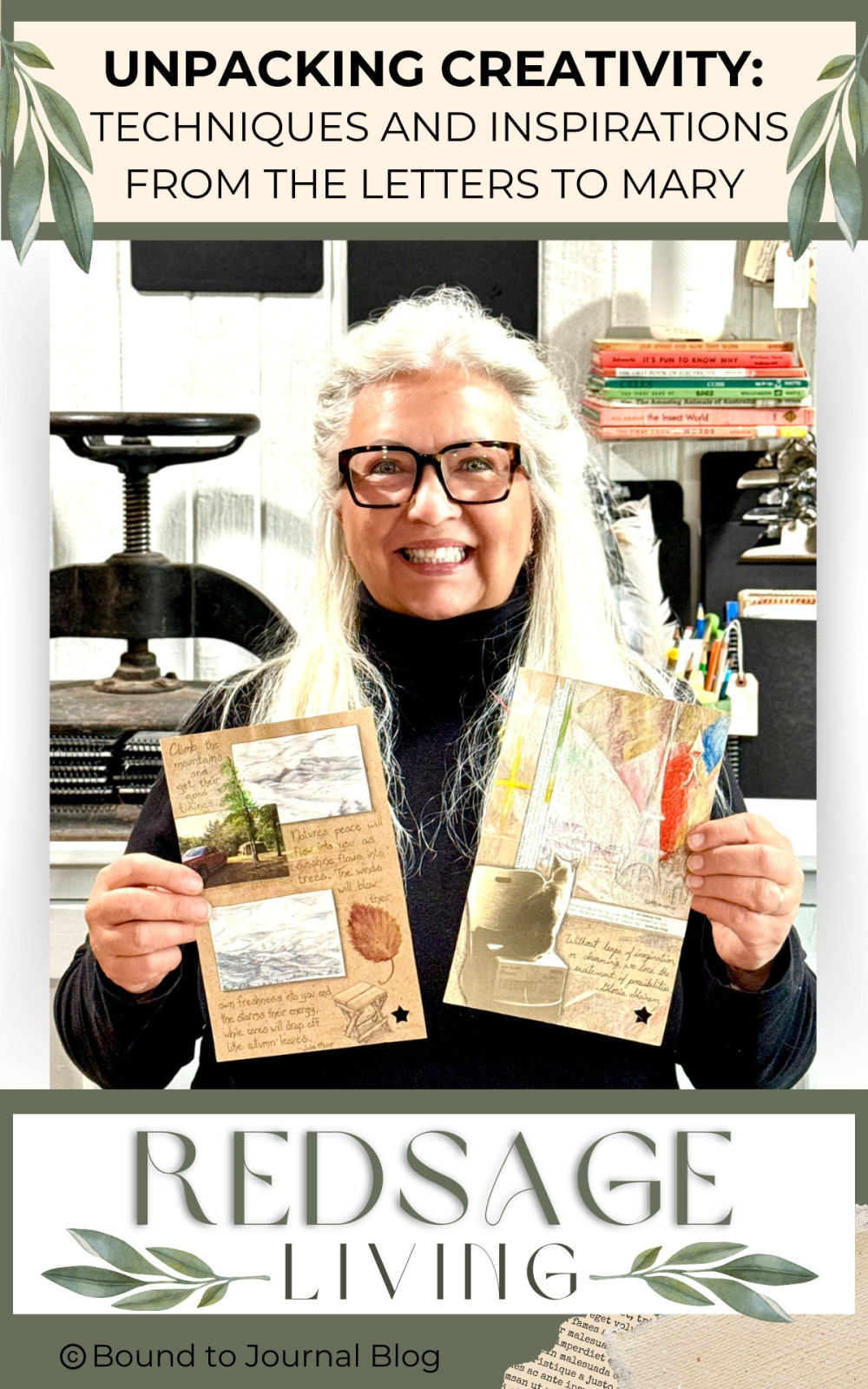
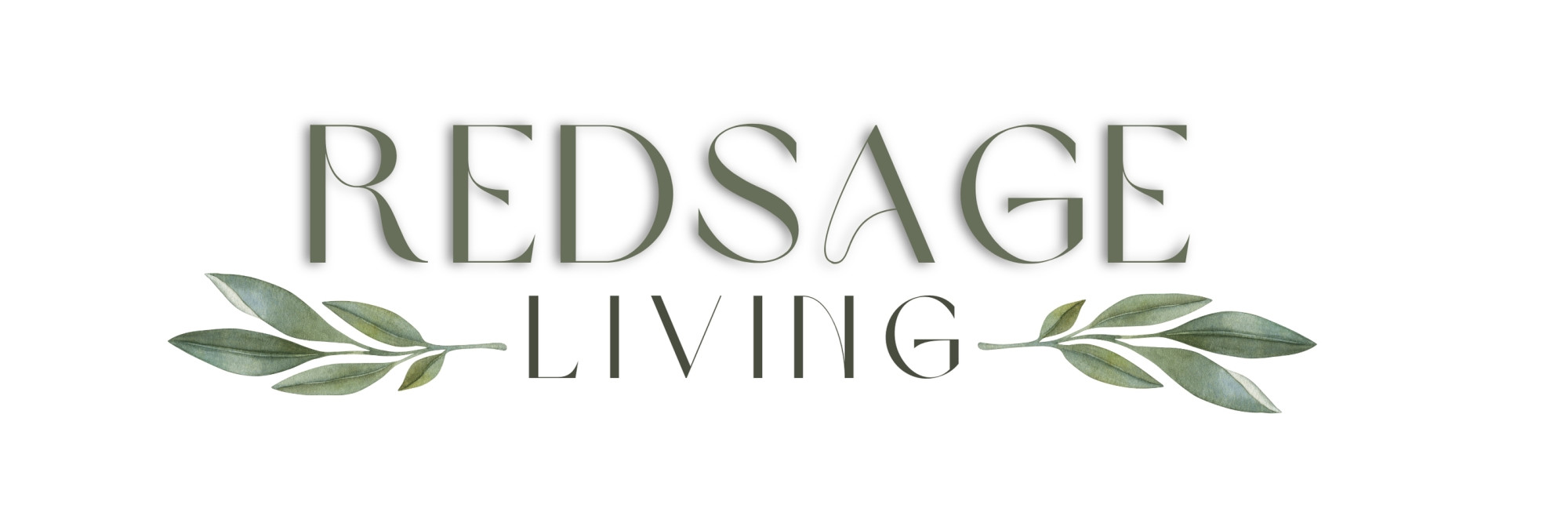

0 Comments